waterlox over sanding sealer
maidielou
13 years ago
Related Stories

KITCHEN DESIGNUsing White Marble: Hot Debate Over a Classic Beauty
Do you love perfection or patina? Here's how to see if marble's right for you
Full Story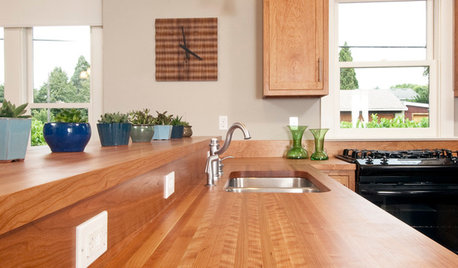
KITCHEN DESIGNWonderful Wood Countertops for Kitchen and Bath
Yes, you can enjoy beautifully warm wood counters near water sans worry (almost), with the right type of wood and sealer
Full Story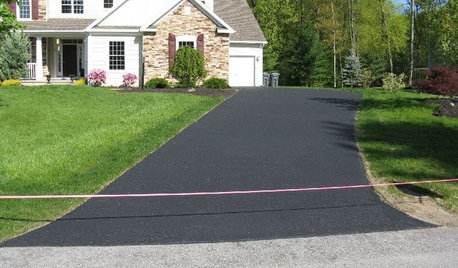
CURB APPEALHow to Reseal Your Asphalt Driveway
Protect your driveway and keep it looking great by applying new sealer every couple of years. Get the details here
Full Story
GREAT HOME PROJECTSWhat to Know Before Refinishing Your Floors
Learn costs and other important details about renewing a hardwood floor — and the one mistake you should avoid
Full Story
KITCHEN DESIGNNew This Week: 2 Kitchens That Show How to Mix Materials
See how these kitchens combine textures, colors and materials into a harmonious whole
Full Story
REMODELING GUIDESAre You Gutsy Enough to Paint Your Floor White?
Sleek and glossy or softened by wear, white floors charm
Full Story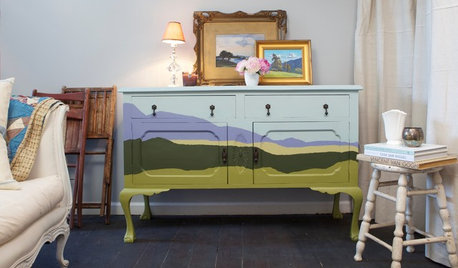
DIY PROJECTSUpcycle Furniture Finds With Paint
There are products out there designed to help you transform your thrift-store scores
Full Story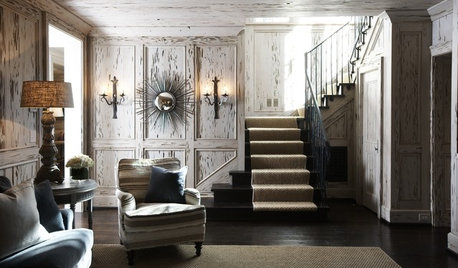
Add Character to Your Home With the Look of Age
Distressed finishes give furniture and other surfaces a sense of history — and lots of charm
Full Story





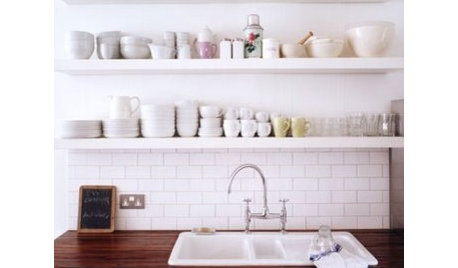
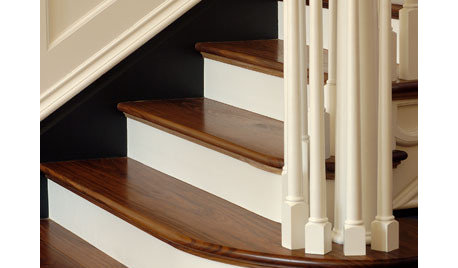


bobismyuncle
maidielouOriginal Author
Related Professionals
Bonita Springs Carpenters · Merced Carpenters · River Forest Carpenters · Round Rock Carpenters · Wentzville Carpenters · Beaufort Flooring Contractors · Bothell Flooring Contractors · Brandon Flooring Contractors · Garland Flooring Contractors · Hammond Flooring Contractors · Ocoee Flooring Contractors · Orem Flooring Contractors · Smyrna Flooring Contractors · Phoenix Furniture & Accessories · Livingston Handymansombreuil_mongrel
aidan_m
maidielouOriginal Author